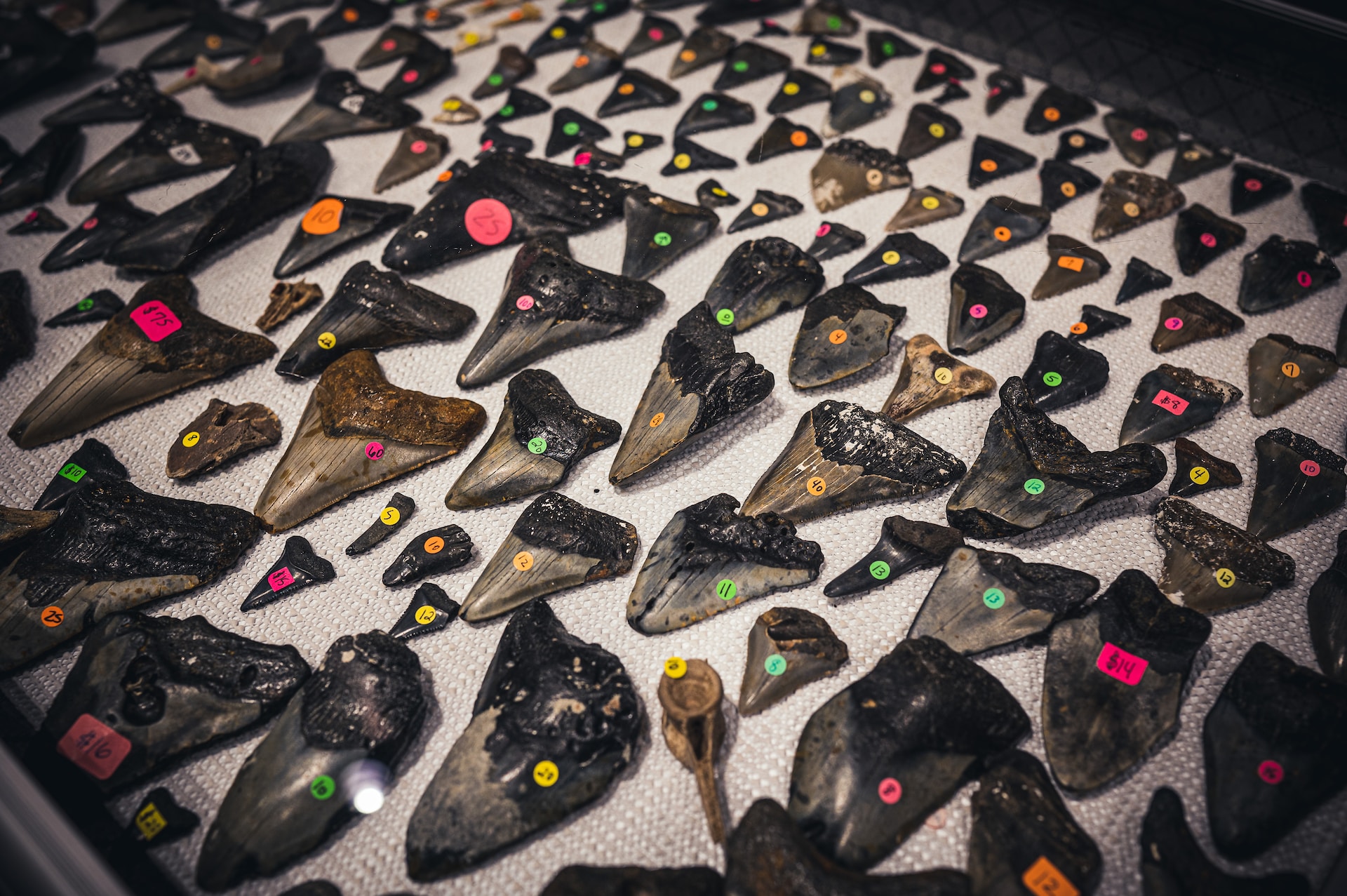In the depths of our planet’s ancient oceans, a colossal predator once ruled the waters with unparalleled dominance—the legendary Megalodon. While this prehistoric shark has long vanished from Earth’s seas, its legacy endures in the form of fossilized teeth that have captured the imaginations of enthusiasts and scientists alike. In this exploration, we unveil a captivating list of 20 intriguing facts about Megalodon teeth, each a testament to the awe-inspiring nature of this apex predator.
Megalodon teeth, unearthed from various corners of the globe, serve as tangible relics of a bygone era, hinting at the colossal size and formidable strength of this ancient leviathan. From the sandy shores of North America to the distant reaches of Australia, these fossilized treasures bear witness to a time when the oceans teemed with gigantic marine life. As we delve into the details, the first few facts paint a vivid picture of the sheer enormity of Megalodon—the largest shark to have ever roamed the seas—whose teeth often measure more than six inches in length.
Beyond their sheer size, Megalodon teeth offer a trove of information for paleontologists and enthusiasts eager to unravel the mysteries of Earth’s distant past. Each serration, groove, and curve in these fossilized remains holds clues about the life and behavior of this apex predator. The list continues to unveil surprising facts about the adaptations and evolution of Megalodon teeth, shedding light on the creature’s hunting strategies and ecological role in prehistoric marine ecosystems. Join us on this captivating journey through the ancient seas as we explore the fascinating world of Megalodon teeth, where every discovery unveils a new layer of insight into the awe-inspiring legacy of this long-extinct giant.

Here are 20 interesting facts about Megalodon teeth:
- Megalodon teeth are the largest shark teeth ever discovered, with some measuring over 7 inches in length.
- These massive teeth are made of a dense, hard substance called hydroxylapatite, which is even stronger than bone.
- Megalodon lived during the late Miocene to early Pleistocene periods, approximately 2.6 million to 3.6 million years ago.
- Fossilized megalodon teeth have been found all over the world, from North Carolina to Peru and Japan.
- The megalodon’s serrated teeth were designed for cutting through tough materials, such as marine mammals and large fish.
- Scientists estimate that a megalodon could have had over 250 teeth in its mouth at any given time.
- When a megalodon lost a tooth, it would quickly be replaced by a new one, allowing the shark to maintain its powerful bite.
- The megalodon’s jaw was one of the largest ever recorded in the animal kingdom, estimated to have been over 11 feet in length.
- The megalodon’s massive size, powerful jaws, and large teeth made it one of the most fearsome predators of its time.
- Despite its fearsome reputation, the megalodon was not invincible. Scientists believe that competition for food and changing ocean conditions may have contributed to its extinction.
- The megalodon’s teeth have been the subject of much fascination and speculation over the years, with some even claiming they had supernatural powers.
- The first recorded discovery of a megalodon tooth dates back to 1667, when Dutch explorer Willem de Vlamingh discovered a large tooth in Western Australia.
- Megalodon teeth are highly prized by collectors, with some specimens selling for tens of thousands of dollars at auction.
- Because megalodon teeth are so durable, they have been used in a variety of ways over the centuries, from jewelry to currency.
- The megalodon’s scientific name, Carcharocles megalodon, means “giant tooth shark.”
- Scientists have used megalodon teeth to study the ancient ocean environment, including temperature, salinity, and water chemistry.
- Some scientists believe that megalodon may have been a filter feeder, using its massive jaws to strain large amounts of water for food.
- The megalodon’s closest living relative is the great white shark, but the two species are not closely related.
- There have been several attempts to recreate a megalodon in popular culture, including films, television shows, and video games.
- Despite its fearsome reputation, the megalodon was not a monster, but rather a powerful and fascinating predator that once roamed the world’s oceans.





